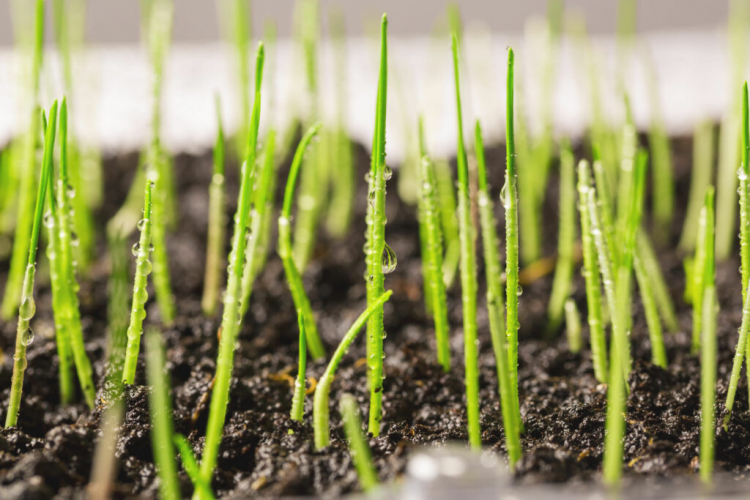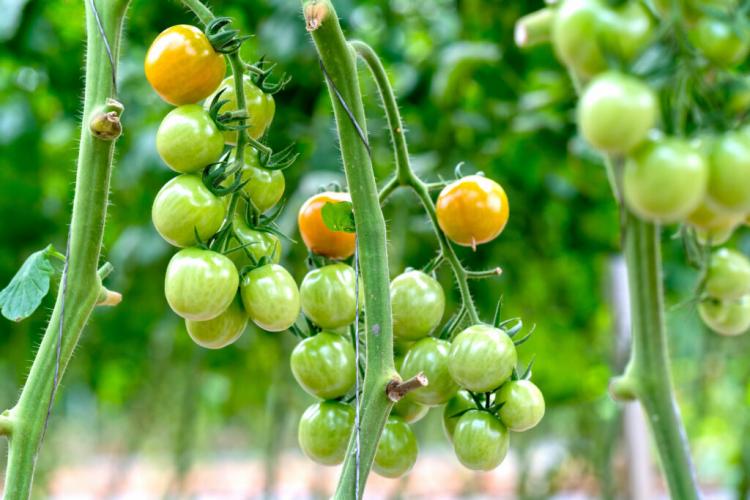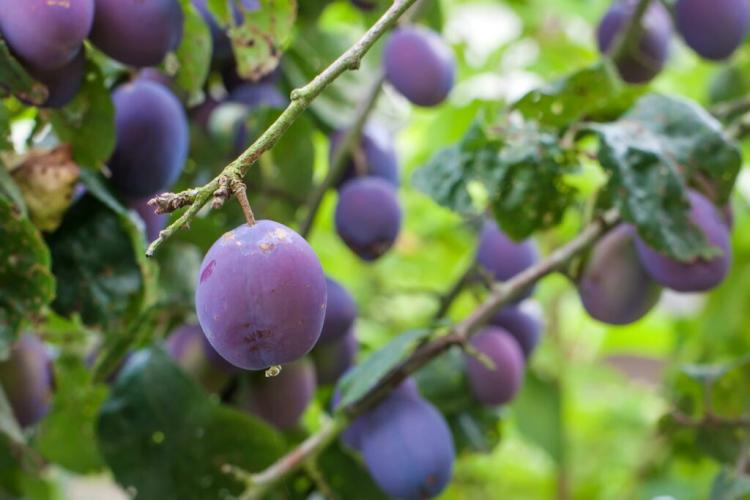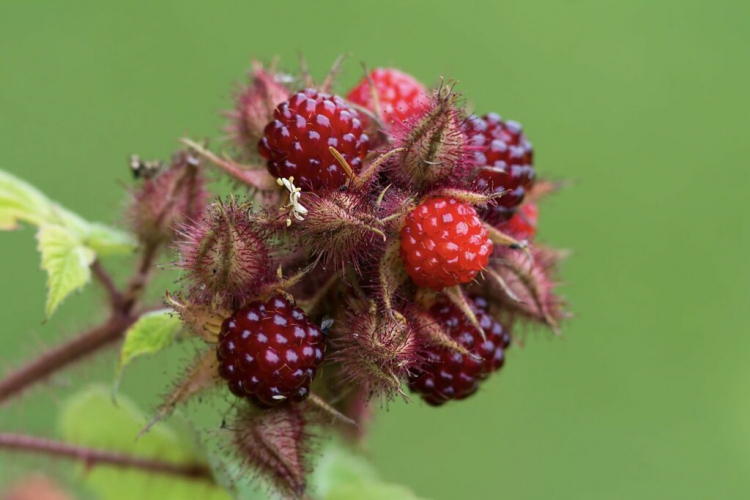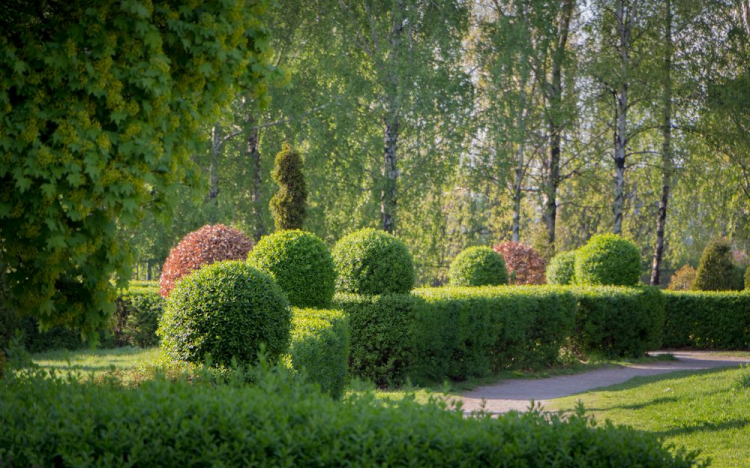How Long Do Lawn Seeds Keep? Test With Germ Sample
Even lawn seeds cannot be kept forever. We show how a germ sample can be used to test how well the seeds can germinate and whether the seeds can still be used. Certainly, it happens occasionally that one does not have the time and leisure for perfect seed storage. Suddenly an indefinite amount of time has passed and it is not clear whether the lawn seeds are still durable. We explain how you can use a germ test to find out whether the lawn seeds are still good.
How long can lawn seeds keep?
Table of Contents
If stored properly, lawn seeds can be used for at least three years. After about three years, the germination capacity of the seeds decreases by about 10% annually. This storage period only applies if the seeds are stored in a species-appropriate manner, i.e. in this case cool, dry, at constant temperature and humidity, and in dark, breathing vessels such as cloth bags or paper bags. At the latest after the end of the fifth year, however, seed mixtures are finally overlaid. There will still be a lot of germination out of it, but then the more sensitive varieties may be missing and the resulting lawn would look incomplete. Our matching special article explains exactly how to store lawn seeds correctly.
How do you recognize the germinability of lawn seeds?
With a germ sample, it is easy to see whether there is still life in the seeds. But the germ test takes some time. However, it is worth spending it as it takes significantly longer to make up for a failure in sowing. Before you proceed to the germination test, it is worthwhile to take a close look at the seeds and hold them in your hand.
You might so like: Agrostis Capillaris: Properties And Uses Of Common Bent Grass
Wrongly stored, old seeds smell rotten and no longer fresh. Fresh seeds have a certain spice in the scent that is unmistakable. And while fresh seeds feel pointed and dry, overlaid seeds give way when pressure is applied and the moisture in the seeds can also be felt. It is even possible that the seeds have already started to germinate or are covered by black or gray spots, i.e. molds. If you find lawn seeds in such a condition, it is not worth doing another germination test.
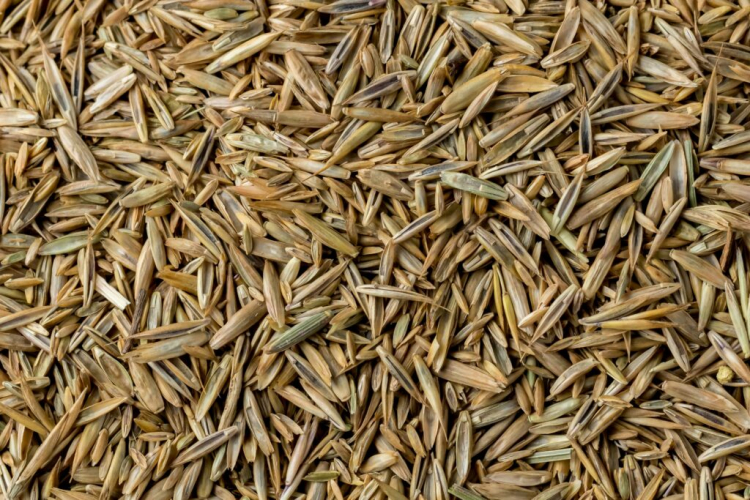
What is a germ sample and when does it make sense?
In the case of a germination test, some seeds are sown under good germination conditions on a trial basis in order to observe whether and, if so, how many seeds still germinate. Such a sample is particularly useful for lawn seed because it is always made up of different genera, species, and varieties of grass and these cannot all be stored for the same length of time. If a relevant part of the seeds does not germinate at all, lawn seeds should no longer be used because it is then very likely that an important part of the mixture will be missing in the finished lawn.
Checking the germinability of lawn seeds makes sense if you still want to use old seeds or if the quality of the seeds is indeterminate, for example, due to missing information on the packaging or the use of leftovers. The best time to have a germ test is before the planned sowing, for example in winter. In this way, in the event of a failure, it is possible to take care of new lawn seeds in peace without the perfect time for sowing passing by.
You might so like: Growing Valerian In The Garden
If the seed still makes a good impression visually, haptically, and olfactorily, a germ sample can be used to obtain certainty about the germination capacity.
Creating a germination test for seeds: This is how you test the germination capacity of seeds
In order to test the germinability of lawn seeds, it is of crucial importance that the seeds germinate in good conditions in order to obtain an unadulterated result. Only then do all viable seeds really go through all eight phases of the germination process from water absorption and swelling to the bursting of the seed coat to the formation of the radicle and cotyledon and the first photosynthesis.
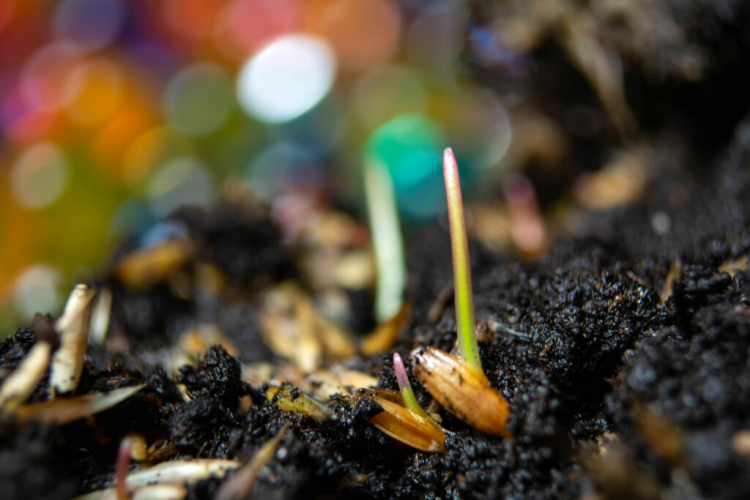
Creating a germ sample step by step:
- We recommend filling a container with good potting soil. The container should have as large an area as possible in order to test the most representative amount of the seed possible.
- Mix the seeds thoroughly once, as the seeds sort themselves according to size without being noticed during storage.
- Now the soil is distributed, moistened and pressed down a little, then the seeds are distributed over it.
- Make sure that the seeds are spaced enough apart so that you can really understand later which part of the seeds has germinated.
- If necessary, cover the seeds very thinly with soil, press them down as well and moisten the whole thing with a spray bottle.
- Then place the sample in your home to prevent birds or mice from showing interest in the seeds and rendering your test unusable.
- Now you have to wait and see: Rapidly germinating grasses such as German ryegrass ( Lolium perenne ) will show their cotyledon after just 7 to 15 days. The Lägerrispe (Poa supina) needs the most time to germinate, it only germinates after 14 to 24 days. Before this time has elapsed, you should not finally check which proportion of the seeds has actually germinated.
- Check the germ pattern after 24 days. If almost all of the seed has sprouted, the seed can still be used. However, if more than 10% of the seeds do not stir at all, it makes sense to purchase fresh seeds for successful sowing in the garden.
You might so like: Lawn Fertilizer For Dog Owners: What To Look For?
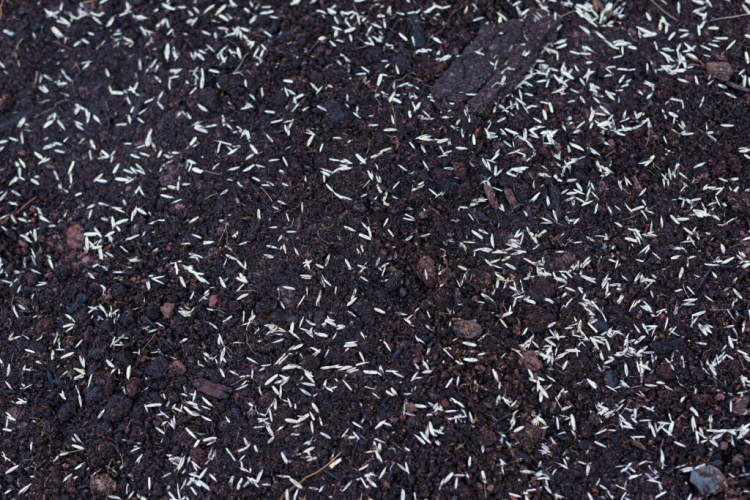
The best germination conditions for lawn seeds: This is how lawn germinates best
- Always keep the seeds moist: the first step in germination is to absorb water. In this way, the seed increases its volume, and enzymes and important process chains for the provision of energy from the reserve substances in the seed are triggered. Lawn seeds must not dry out during the entire germination process, otherwise, the entire process will be interrupted and the seedling will die. The seedlings can be kept moist more easily if they are very thinly covered with soil and pressed down well. This is the best way for the seed to absorb water from its surroundings.
- Use loose, crumbly soil: Lawn seeds need a sufficient supply of oxygen to germinate. Like fully grown plants, seeds operate cellular respiration throughout their entire life and of course especially during germination in order to provide energy from stored reserve materials. During this process, oxygen is absorbed and carbon dioxide is released. A clayey, compacted soil will make it difficult for the lawn seeds to germinate or even prevent them from germinating. It is best to use a finely crumbly, nutrient-poor potting soil such as our Plantura organic herb and seed soil.
- Carry out the germination test at 16-23 ° C: Although lawn seeds germinate from at least 8 ° C, their optimal germination temperature is much higher. Your germ sample should not get too warm either, otherwise, germination will be delayed.
- Note that lawn seeds are light germs: The absolute upper limit for lawn seeds is covering with half a centimeter of soil. Like many other seeds, the germination processes in the seed are only activated when the so-called photoreceptors of the seed are excited by the action of light. The connected phytochrome system then ensures that germination begins. For this reason, lawn seeds should not or only minimally be covered with soil.
Did you know that lawn seed mixtures are made up of a number of different grasses, all of which bring their very own strengths to the later lawn? In our grass portraits, we introduce you to well-known lawn grasses such as the Lolium perenne, the grove bluegrass ( Poa nemoralis ), and the fescue ( Festuca arundinacea ).
